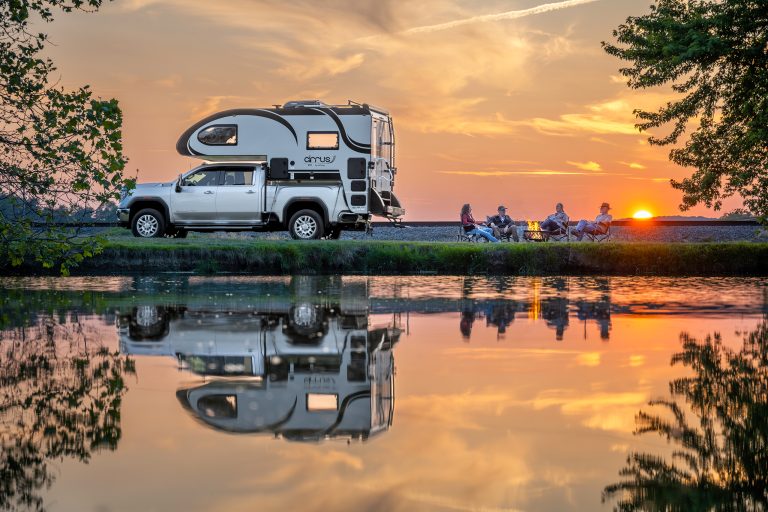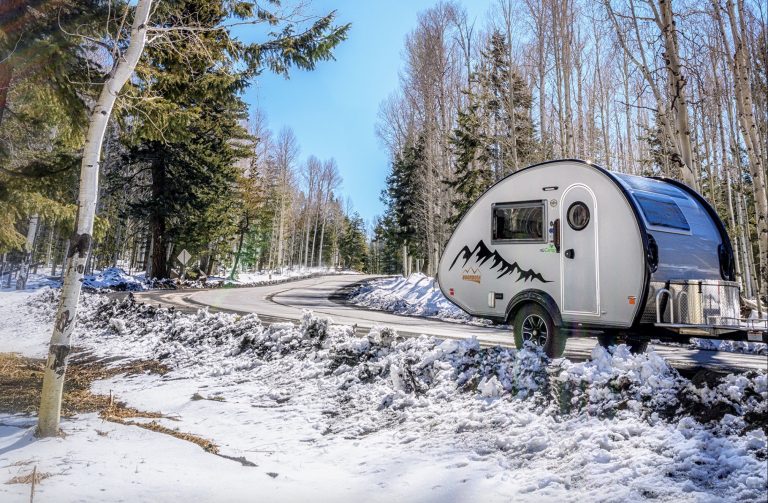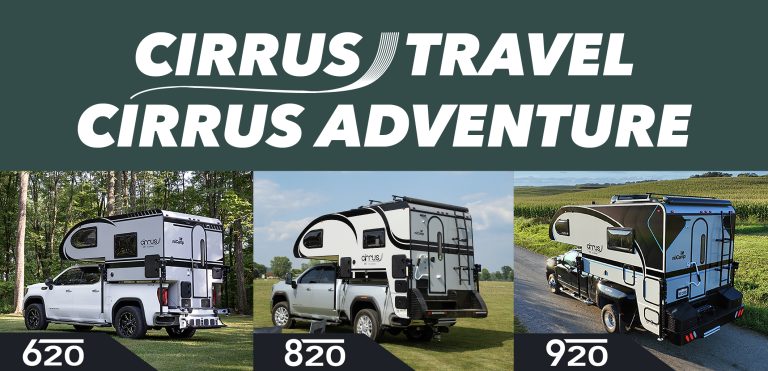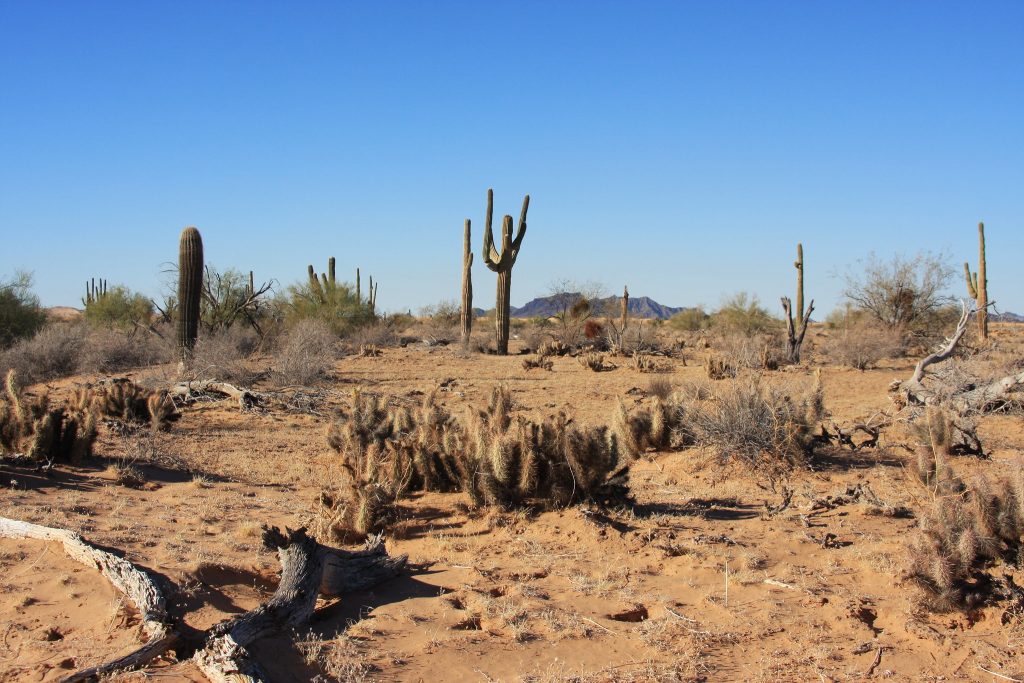Arizona has nine national wildlife refuges, three of which— Cibola, Havasu, and Imperial—it shares with California. The wildlife refuges are scattered along the state’s central-western section, from Havasu along the lower Colorado River to Buenos Aires in the southern part of the state. In this post, we provide details on three of the refuges in our 48th state, along with links to the rest.
While most national wildlife refuges offer free admission, about 30 refuges do charge a small entry fee. For more information, visit the Federal Recreational Lands Pass page. Also, check for updates regarding COVID-19 restrictions and guidelines at the website for the wildlife refuge you’ll be visiting. General COVID-19 information for the U.S. Fish and Wildlife Service is available here.
Looking for a place to stay while visiting one of these? For a list of RV parks and campgrounds in the state, visit Allstays’ map of Arizona campgrounds or check out this Google map. Boondocker’s Bible also has a list of National Wildlife Refuge Campgrounds nationwide.
Bill Williams River National Wildlife Refuge
60911 Highway 95 Parker, AZ 85344
Phone: 928-667-4144
The 6,100-acre Bill Williams River National Wildlife Refuge is one of the last ecologically functioning riparian areas in the southwest United States. The refuge has the largest remaining stand of naturally regenerated cottonwood-willow forests and a range of habitats that sustains one of the highest diversity of wildlife and plant species within the lower Colorado River watershed. Recognized by the National Audubon Society and The American Bird Conservancy as a birding area of global importance, it’s home to many resident and migratory wildlife: 355 species of birds, 34 documented reptiles, 40 species of butterflies and 57 species of mammals, and seven amphibians.
Visitors can take advantage of the refuge’s two foot trails or travel the 3.5-mile auto tour route, accessed off of Highway 95 just north of the headquarters. The refuge also has a non-motorized launch ramp (open year-round, sunrise to sunset) and fishing piers (open 24 hours a day). Other activities include hunting, wildlife watching, and photography as well as special events and programs hosted by the refuge. (Review the Arizona Game and Fish Department’s regulations at www.azgfd.gov.)
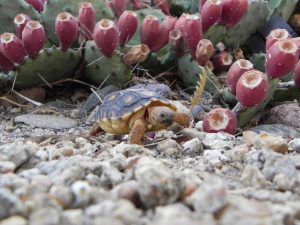
There are no fees to enter the refuge or for use of the canoe and kayak launch. Visitor center hours are 8 am to 4 pm Monday through Friday and 10 am to 2 pm on weekends but are subject to change. For more information about the Bill Williams River National Wildlife Refuge, download the fact sheet here.
Buenos Aires National Wildlife Refuge
P.O. Box 109 Sasabe, AZ 85633
Phone: 520-823-4251
The 117,464-acre Buenos Aires National Wildlife Refuge was established with two goals in mind: to reintroduce the masked bobwhite quail and to restore the natural landscapes and native wildlife. Within the refuge are several distinct groups of plants and animals as well as a diverse environment that includes stately cottonwoods, hackberry and mesquite groves, semi-desert grasslands, and wetlands—rare in the dry Southwest and of tremendous value to wildlife. Also within the refuge is the sycamore-shaded Brown Canyon: an example of sky island ecosystem and open by reservation only.
Visitor activities include hunting, camping, and picnicking as well as educational opportunities scheduled throughout the year. The Visitor Center is open November through April from 8 am to 4:00 pm Monday through Sunday. May through October, the hours are more variable, and visitors are encouraged to call ahead. There are no entrance fees for Buenos Aires National Wildlife Refuge but special fees may apply for Brown Canyon activities. (Go here for information about Special Use Permits, requirements, and application materials.)

Cabeza Prieta National Wildlife Refuge
1611 North Second Street, Ajo, AZ 85321
Phone: 520-387-6483
The 860,000-acre Cabeza Prieta National Wildlife Refuge shares a 56-mile border with Sonora, Mexico, and may hold the distinction of being the loneliest international boundary on the continent. But it is home to more than 275 different species of wildlife including migrating birds in the spring and fall, and nearly 400 plant species. Only a portion of the refuge is open to the public for wildlife-related activities including wildlife watching and photography, primitive camping, limited hunting, and environmental education and interpretation as well as special events throughout the year.
Three non-wilderness, public-use roads are on the refuge: two (El Camino Del Diablo and Christmas Pass) requiring four-wheel-drive vehicles and a third (Charlie Bell) suitable for a two-wheel, high-clearance vehicle. Bicycles are allowed on the public roads only, and riding and pack stock are allowed on the refuge with a special use permit issued by the refuge manager. The refuge has several designated unimproved campgrounds with no reservations necessary, but camping is limited to 14 days within any given 28-day period. The refuge does not have any facilities onsite, and permits are required to visit. The refuge’s visitor center is open Monday through Friday from 8 am to 4 pm.
Other National Wildlife Refuges in Arizona
Cibola National Wildlife Refuge—66600 Cibola Lake Road, Box 1, Cibola, AZ 85328; Phone: 928-857-3253
Havasu National Wildlife Refuge—317 Mesquite Avenue, Needles, CA 92363; Phone: 760-326-3853
Imperial National Wildlife Refuge—P.O. Box 72217 12812 N Wildlife Way, Yuma, AZ 85365; Phone: 928-783-3371
Kofa National Wildlife Refuge—9300 E. 28th Street, Yuma, AZ 85365; Phone: 928-783-7861
Leslie Canyon National Wildlife Refuge— P.O. Box 3509, Douglas, AZ 85607; Phone: 520-364-2104
San Bernardino National Wildlife Refuge—P.O. Box 3509, Douglas, AZ 85607; Phone: 520-364-2104
Other travel blogs in this series
- Camping on (Your) Public Lands
- National Wildlife Refuge System—Be One with Nature
- Visit a National Wildlife Refuge in Alaska
- Visit a National Wildlife Refuge in Alabama
Recent Articles

